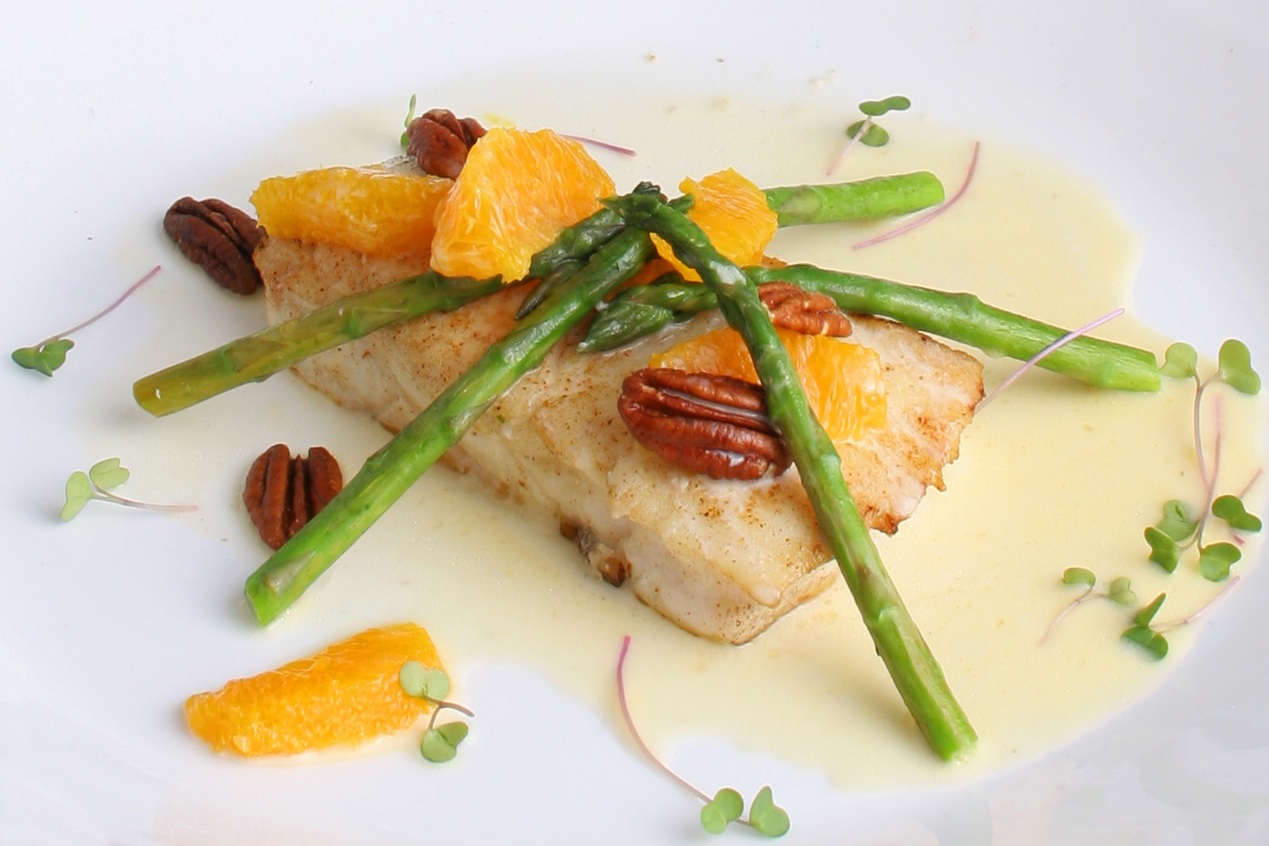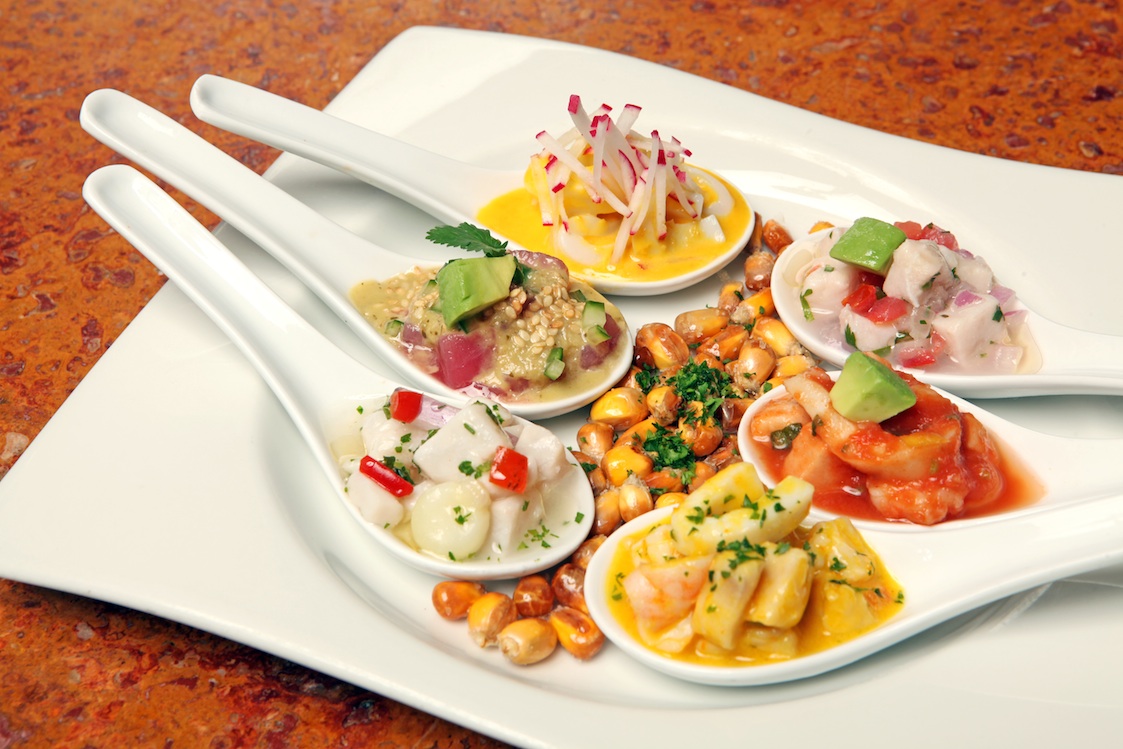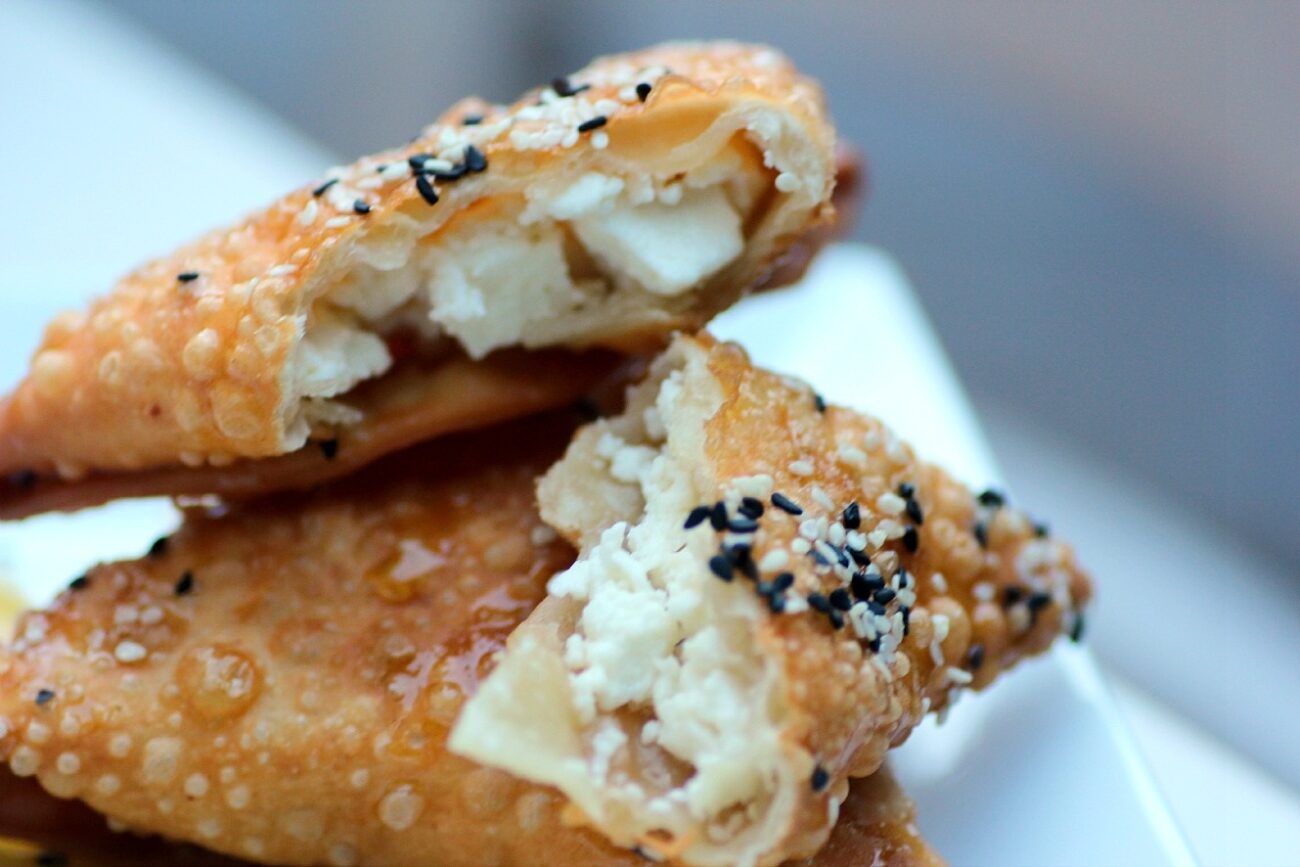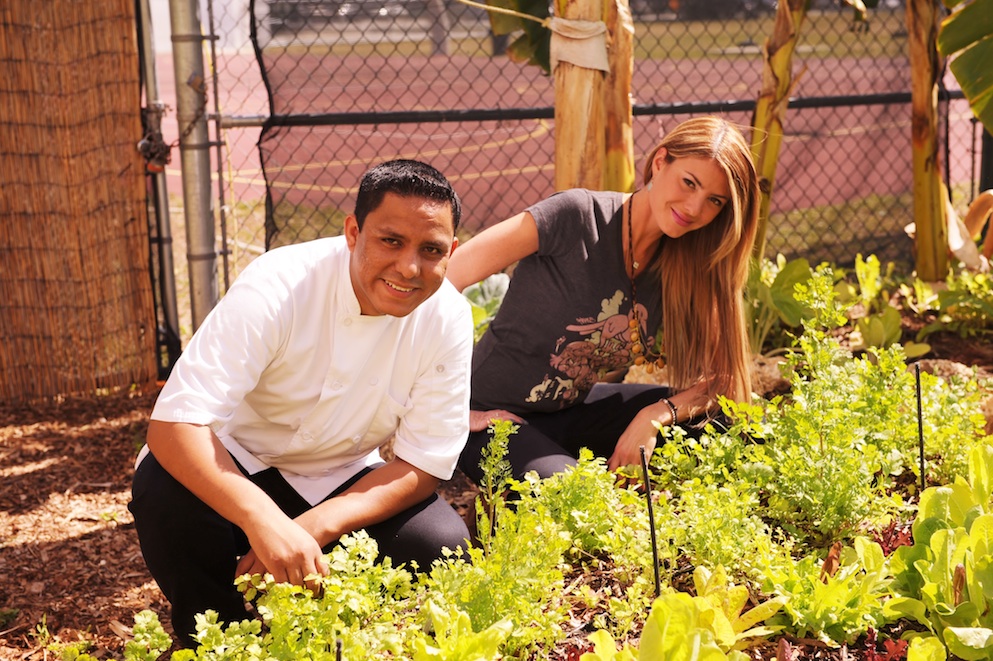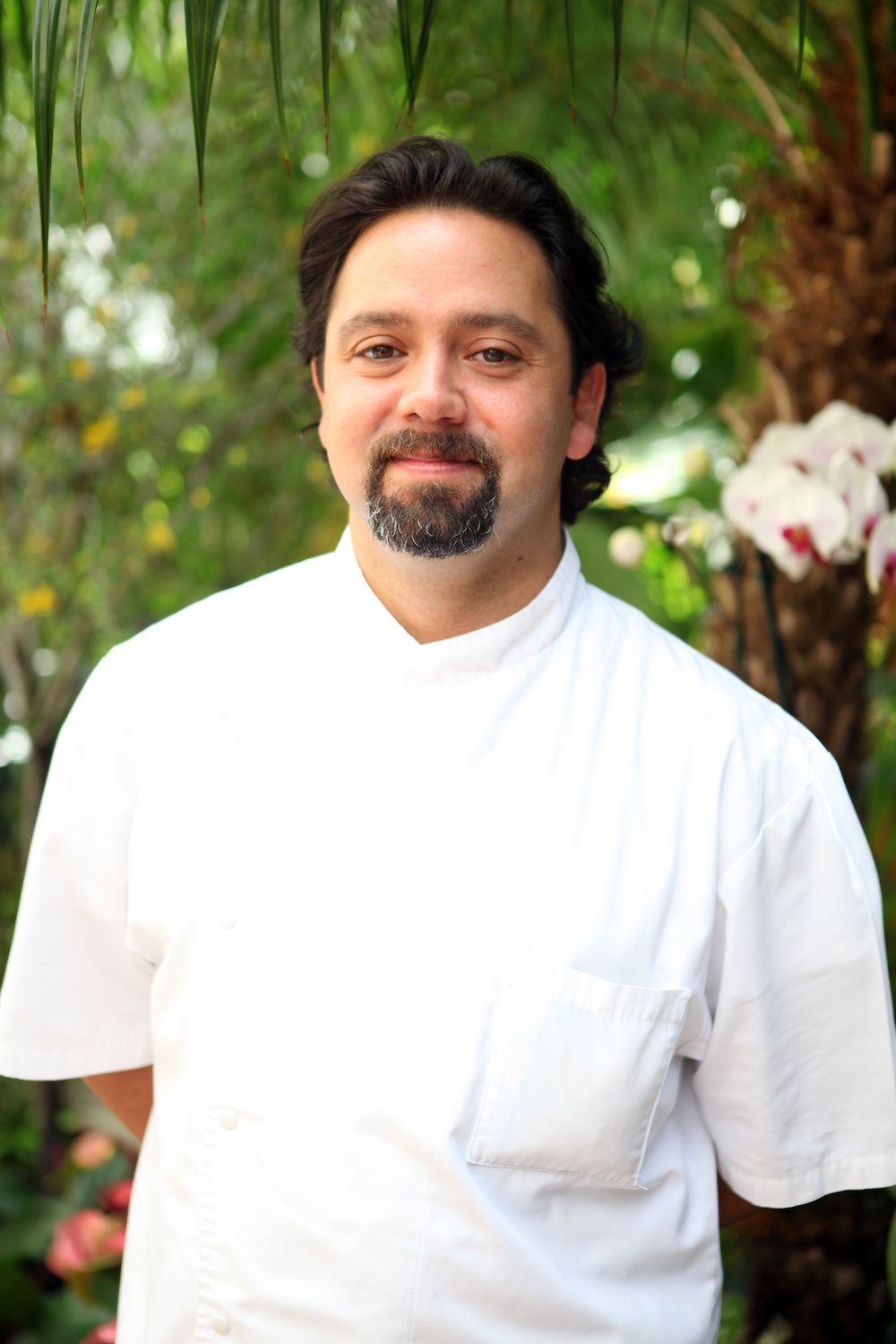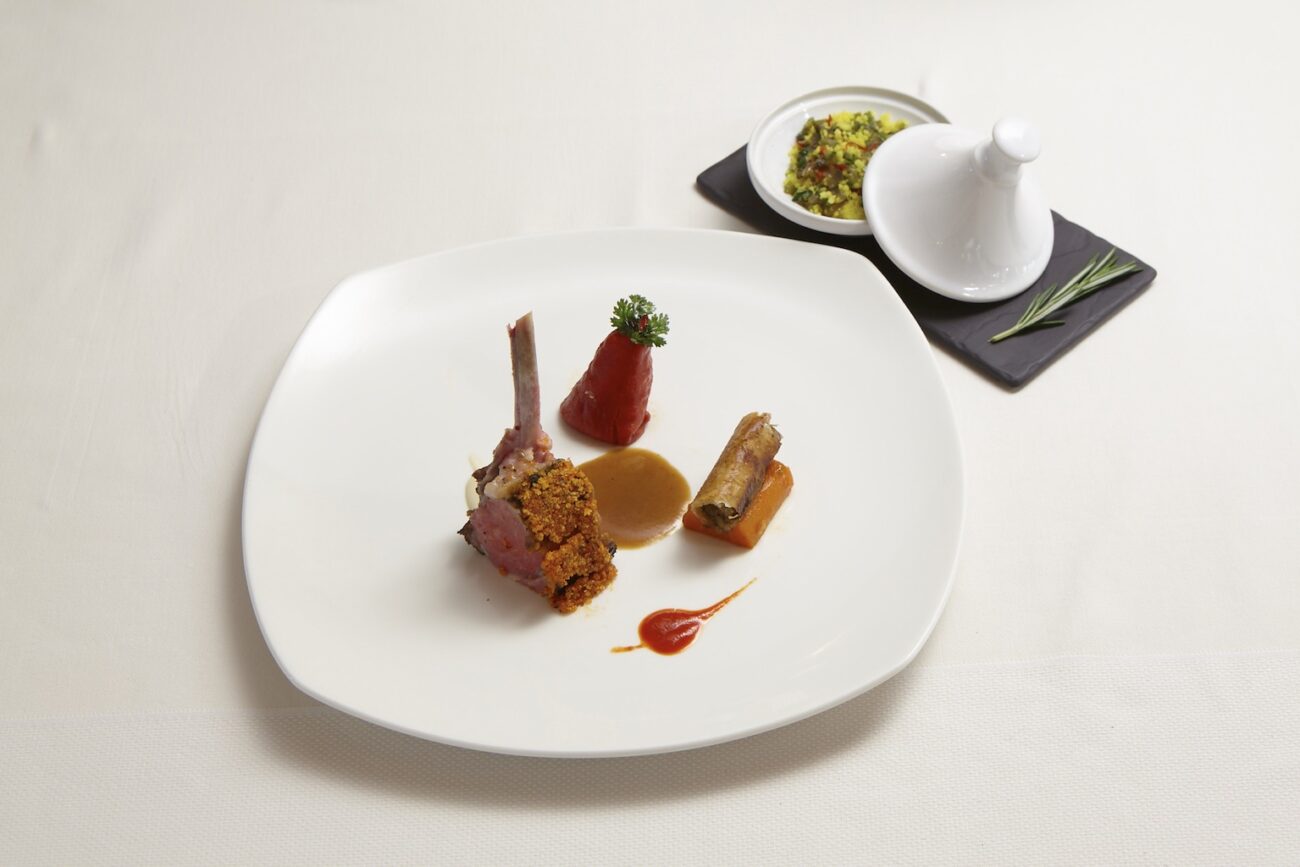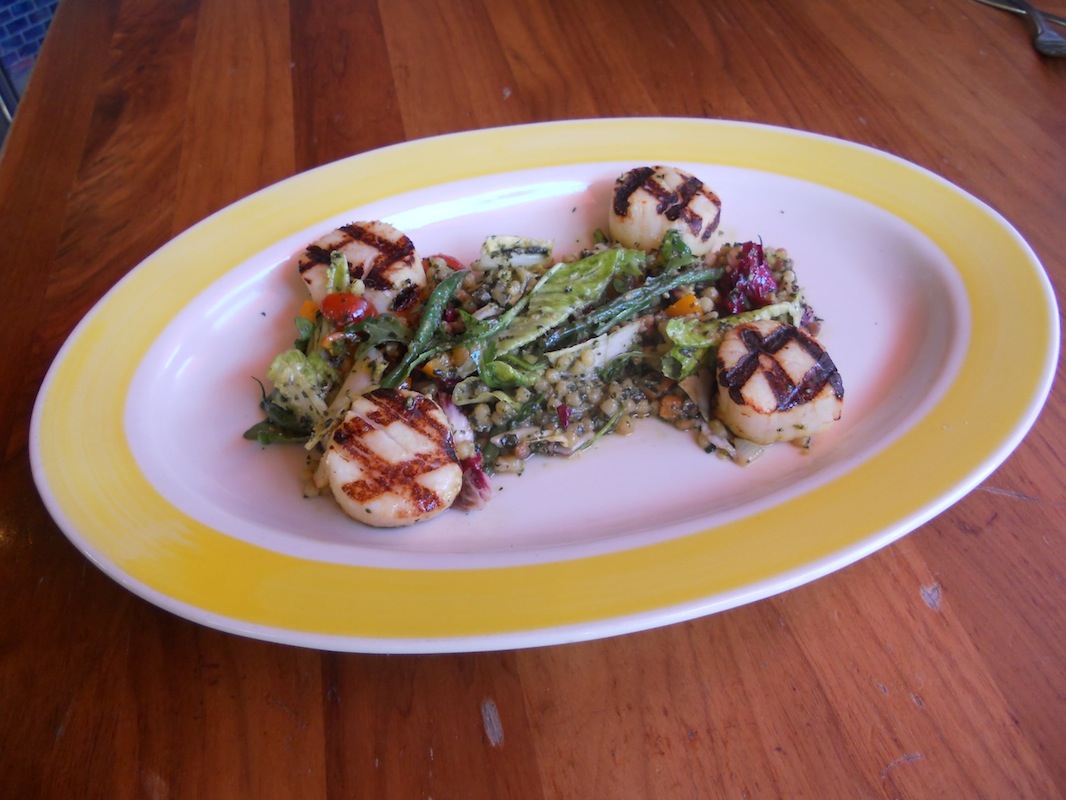
You’ve been all over the culinary scene in the U.S., but what is your background with Italian cuisine?
I claim it as a birth right—I am half Italian and half Lebanese. And, as any decent Italian-Lebanese family, mine was heavily invested in the kitchen. We eat, drink, and are generally pretty merry. As far as professional cooking, though, I started working in an Italian restaurant when I was 13, and have worked in and around great Italian restaurants ever since. The truth is, Italy rules the world. Think about it: we make the best shoes, the best clothes, and the best food.
So when did you make your way south to Miami?
I’m originally from New York City—that’s where I was born and raised. Then I moved to the Hamptons (the east end of Long Island) around the middle of my career. Like every other New Yorker, I popped down to Miami in the winter. While visiting one weekend, I decided to stay a little longer, and I liked it so much I stayed for a decade. [Laughs]
So you’ve been busy cooking for 10 years?
Cooking, owning, running restaurants. Most recently, I was the executive vice president for Gulf Stream Park—a horse race track—and before that, I was the executive chef at STK. Even before I made the move to Miami, I was traveling the world and doing television shows. Most of the shows are completed, but I’m currently doing a show on Lifetime called “All Mixed Up”—kind of like Chopped. Three culinary students wage food fights against each other. I’m judge, jury, and executioner. It doesn’t get better than that.
Speaking of TV, you once had a stint on Hell’s Kitchen. Any big take-away from that experience?
That’s kind of a funny story. It was season one when I made it on the show, and at the time, there was nothing to compare it to. Back then all you had was Emeril and Paula Deen, so I had no idea what to expect. The premise, of course, was that the “top chef” wins a million-dollar restaurant. Looking for a new venture, I was all about it. And sure, people get scared by the scrutiny, by Ramsay yelling in your face. But I managed to be insulated from all the craziness because I was already a chef—the cooking wasn’t anything new to me. So as far as a lesson or take-away, I’d say the show taught me to be under the critical eye of a much wider audience. It’s not often that a person gets to look at himself, both strengths and weaknesses in the spotlight, with a national and international TV audience. I’m much more mindful of myself now. It’s like being under a microscope. You see failure or weakness, and that pushes perfection.
After the TV craze died down and you settled in Miami, you opened Alba. It’s an interesting concept as Italian restaurants go—a blend of new and old, a meeting of beach fare and traditional fare, and it’s open for breakfast. How does that all fit together?
Conceptually, all of the pieces operate interchangeably. There’s one main kitchen that serves three areas—stretching from a pool bar where guests sip on piña coladas and eat fish tacos, to a more formal restaurant that serves breakfast, lunch, and dinner, to a banquet area for events. The dining room sees the most business for breakfast and dinner, but come lunch, the terrace gets all the action. I mean—we’re just steps away from the surf here, with tropical breezes and gorgeous weather. Who wants to be inside when you’ve got that at your feet?
Are there any dishes on the menu that take you back to your childhood?
Sure, there are a couple of dishes that are riffs on childhood staples—the Baked Clams Oreganata, for instance, which is reminiscent of what I grew up with, and the Calamari Arrabbiata served over lemon-pepper biscotti. Our Eggplant Parmigiana is also prepared in a traditional Sicilian style—batter-dipped eggplant, lots of shaved 24-month-aged Parmesan, torn fresh basil, and San Marzano tomatoes. We also do Short Ribs braised in Chianti. Then we cook up a lot of seafood, of course—oysters, lobster, Florida stone crab, black mussels, yellowtail snapper, ahi tuna, Key West pink shrimp. I mean, we’re right next to the ocean, so why wouldn’t we?
We do add a bit of an American twist to things—like the Nutella Milk Shakes and Candy Bars. You might say it’s not authentic Italian, but it’s got to happen. I have a Nutella habit, you know.
Sinking teeth into the menu sounds tempting enough, but what about the design of the space? How does that fit in with the concept?
The materials were picked for very clear reasons—mostly for a fun vibe and attention to sustainability. The floor is Brazilian hardwood with a terrazzo runway. That’s very ’50s and ’60s. The front of the bar and back bar are made with reclaimed woods. Glass shelves line the back bar so you can see the ocean and the reflection of what’s going on behind you. The tables in the dining room are walnut wood butcher blocks—single pieces. The chef’s room also boasts a single-piece butcher block table (with room for 20), while every kind of horse racing paraphernalia you can imagine lines the walls. Then there are odes to American-Italian film classics hanging throughout the restaurant. The Sophia Lauren art—well, she’s a beautiful woman who’s the quintessential Italian diva. Why wouldn’t we have her adorning the place?
Last words: if you were close to death, what would be your last meal?
The first thing I would have are our Bacon-Wrapped Dates. Then I would move onto our Shellfish Royale, add a pound of steamed and chilled killer crab, and work my way towards a dance with the braised Short Ribs with carrot butterscotch. I’d finish it off with Flourless Chocolate Cake, take my last breath, and call it a good life.



